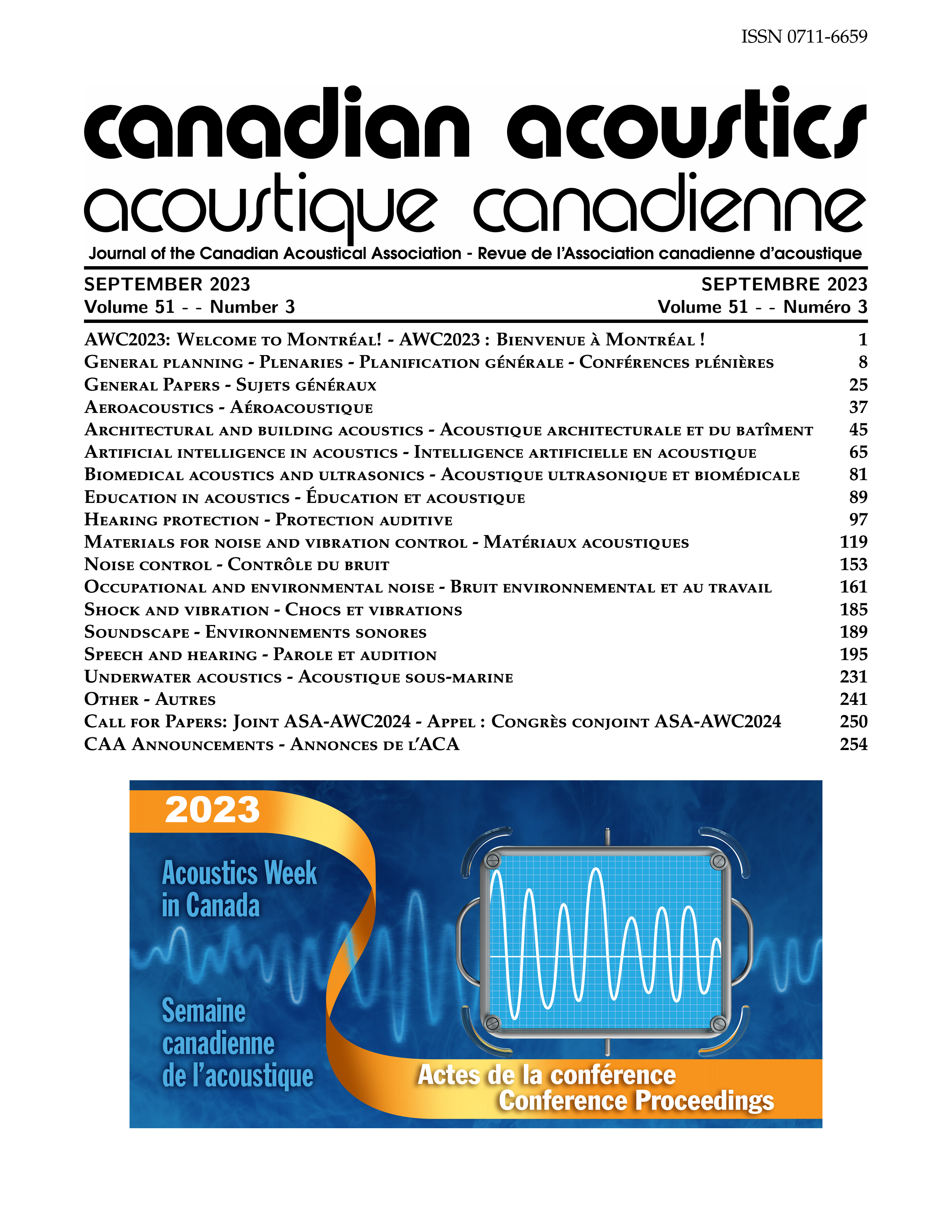Timing of Perioral Muscle Suppression in Smiled Speech
Abstract
During speech production, temporally overlapping movements can come into conflict. How such conflicts are resolved remains poorly understood. For example, during smiled speech, the simultaneous activation of facial expression and speech-related lip movements can generate oppositions between zygomaticus major (ZM) and orbicularis oris (OO) muscles; ZM activation pulls the lips apart for the smile, while OO activation pulls the lips together for lip closure and rounding movements [Stavness et al., 2013, JSLHR]. Previous research suggests that this conflict is resolved by suppression of either the smile or the lip closure movement [Liu et al., 2020, ISSP]. However, the mechanism by which one or the other movement is selected for suppression, or by which this suppression takes place, remains unknown. The present study aims to characterize the timing of the interaction that leads to this suppression, as well as the onset and length of suppression of smile when bilabial tokens are produced. All participants in this study were native English speakers between the ages of 18-25, instructed to read sentences featuring tokens (/m, f, v, b, p, w/) in three different postural conditions: neutral, smiling, and laughing. To measure the muscular “tug-of-war” between ZM and OO, electromyography (EMG) sensors were placed on the respective muscles, while simultaneous video recordings were processed using OpenFace 2.0 [Baltrušaitis et al., 2018, IEEE] to show corresponding facial action units of “lip corner puller” and “lip tightener” for each condition. Results and implications of these analyses will be discussed. OpenFace, a facial movement tracking tool, is used in this study to corroborate EMG measurements; as such, our results also provide evidence for the effectiveness of movement-based facial action units in reflecting muscle activity.Additional Files
Published
How to Cite
Issue
Section
License
Author Licensing Addendum
This Licensing Addendum ("Addendum") is entered into between the undersigned Author(s) and Canadian Acoustics journal published by the Canadian Acoustical Association (hereinafter referred to as the "Publisher"). The Author(s) and the Publisher agree as follows:
-
Retained Rights: The Author(s) retain(s) the following rights:
- The right to reproduce, distribute, and publicly display the Work on the Author's personal website or the website of the Author's institution.
- The right to use the Work in the Author's teaching activities and presentations.
- The right to include the Work in a compilation for the Author's personal use, not for sale.
-
Grant of License: The Author(s) grant(s) to the Publisher a worldwide exclusive license to publish, reproduce, distribute, and display the Work in Canadian Acoustics and any other formats and media deemed appropriate by the Publisher.
-
Attribution: The Publisher agrees to include proper attribution to the Author(s) in all publications and reproductions of the Work.
-
No Conflict: This Addendum is intended to be in harmony with, and not in conflict with, the terms and conditions of the original agreement entered into between the Author(s) and the Publisher.
-
Copyright Clause: Copyright on articles is held by the Author(s). The corresponding Author has the right to grant on behalf of all Authors and does grant on behalf of all Authors, a worldwide exclusive license to the Publisher and its licensees in perpetuity, in all forms, formats, and media (whether known now or created in the future), including but not limited to the rights to publish, reproduce, distribute, display, store, translate, create adaptations, reprints, include within collections, and create summaries, extracts, and/or abstracts of the Contribution.


